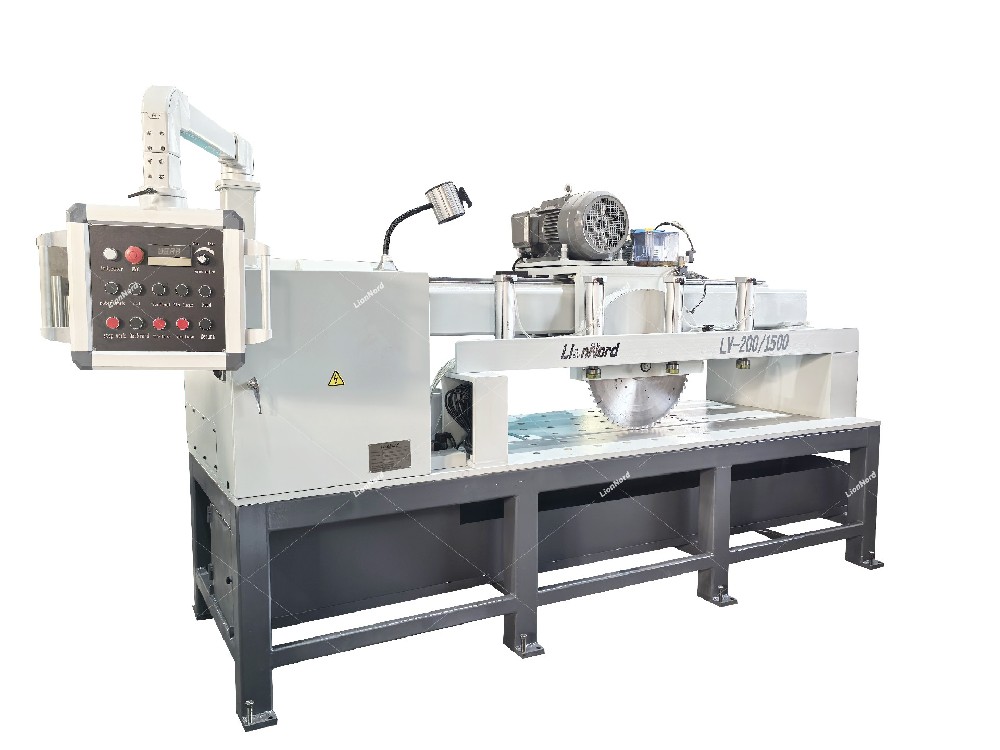News
Aluminum plate sawing machine
02 Oct February 2024 | LionNord
Aluminum plate sawing machines are specifically designed for cutting aluminum plates into various sizes and shapes with high precision and efficiency. Understanding how these machines work, their features, and factors affecting their efficiency is crucial if you’re considering using one. Here’s a breakdown of their operation and efficiency considerations:
How Aluminum Plate Sawing Machines Work
Machine Type:
Vertical Band Saws: Use a continuous band of toothed metal to cut through aluminum.
Circular Saws: Utilize circular blades, often with carbide-tipped teeth specifically designed for cutting aluminum.
Cold Saws: Use a toothed circular blade that cuts at slower speeds and creates minimal heat, reducing oxidation and ensuring clean cuts.
Miter Saws: Often used for making angled cuts and can be fitted with specialized blades for aluminum.
Types of Sawing Machines:
Cutting Mechanism:
The aluminum plate is secured in place, typically via a clamping system to ensure stability during cutting.
The saw blade is activated and moved through the material with either a manual or automatic feed mechanism, depending on the machine's design.
Advanced machines might include features like programmable logic controls (PLCs) that allow for pre-set cutting angles, lengths, and multiple cutting sequences.
Cooling and Lubrication:
Many sawing machines employ cutting fluids or lubrication systems to reduce friction and heat during the cutting process. This helps improve the life span of the saw blades and ensures a smoother cutting operation, aiding in a cleaner finish without excessive burr formation.
Dust Collection:
Since cutting aluminum can generate fine metal shavings and chips, many machines are equipped with integrated dust collection systems to maintain a clean workspace and improve safety.
Efficiency of Aluminum Plate Sawing Machines
Cutting Speed:
Efficient machines can make faster cuts without sacrificing quality. Factors such as blade design, RPM (revolutions per minute), and feed rate contribute to cutting speed.
Slower cutting speeds, as seen in cold saws, can enhance blade life and produce higher quality cuts, making them efficient for high-precision jobs.
Blade Quality and Type:
Using appropriate blades specifically designed for aluminum (e.g., with carbide-tipped teeth) can significantly improve cutting performance and efficiency.
Dull or inappropriate blades can lead to increased cutting times and poor finish quality, negatively impacting overall productivity.
Machine Automation:
Automatic or semi-automatic machines reduce manual labor and improve cutting efficiency by minimizing setup time and enabling continuous operation.
Features such as automatic material feeding and programmable cutting paths increase throughput.
Material Handling:
Efficient systems incorporate mechanisms for quick material loading and unloading, reducing downtime.
Integrating conveyor systems can facilitate faster movement of cut pieces away from the machine.
Set-Up Time:
Machines designed for quick blade changes, adjustments, and settings can enhance operational efficiency by reducing downtime between cuts.
Worker Skill and Training:
Training operators on optimal machine use, maintenance, and handling techniques also plays a crucial role in maximizing machine efficiency and lifespan.
Conclusion
Aluminum plate sawing machines are specialized tools that, when properly utilized, can significantly enhance productivity and cutting quality for various aluminum applications. Factors such as the type of machine, cutting speed, blade quality, automation level, and operator skill all contribute to the overall efficiency of these systems. For businesses involving aluminum fabrication, investing in high-quality sawing machines and ensuring optimal setup and maintenance can lead to superior performance and reduced operational costs.



 English
English chinese
chinese
